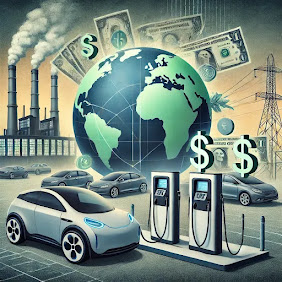10 Amazing Space Events of the Past Year

The cosmos never ceases to amaze us with its mysteries and wonders. From groundbreaking discoveries to fascinating cosmic phenomena, here are ten remarkable space events that took place in the past year, giving us a glimpse into the ever-expanding universe. 1. Unprecedented Exoplanet Discovery Astronomers have discovered Earth-like planets in distant star systems, raising hopes for potential life beyond our planet. 2. NASA’s Artemis I Mission Success Human return to lunar exploration took a giant leap forward with the successful completion of Artemis I, paving the way for future manned missions. 3. First Images from the James Webb Telescope Stunning deep-space visuals captured by the James Webb Space Telescope have revealed never-before-seen details of galaxies, nebulae, and exoplanets. 4. Solar Storms and Auroras Intense solar activity led to spectacular auroras that could be seen at latitudes further south than usual, captivating skywatchers around the world. 5. The rise of space tou...























.jpeg)


